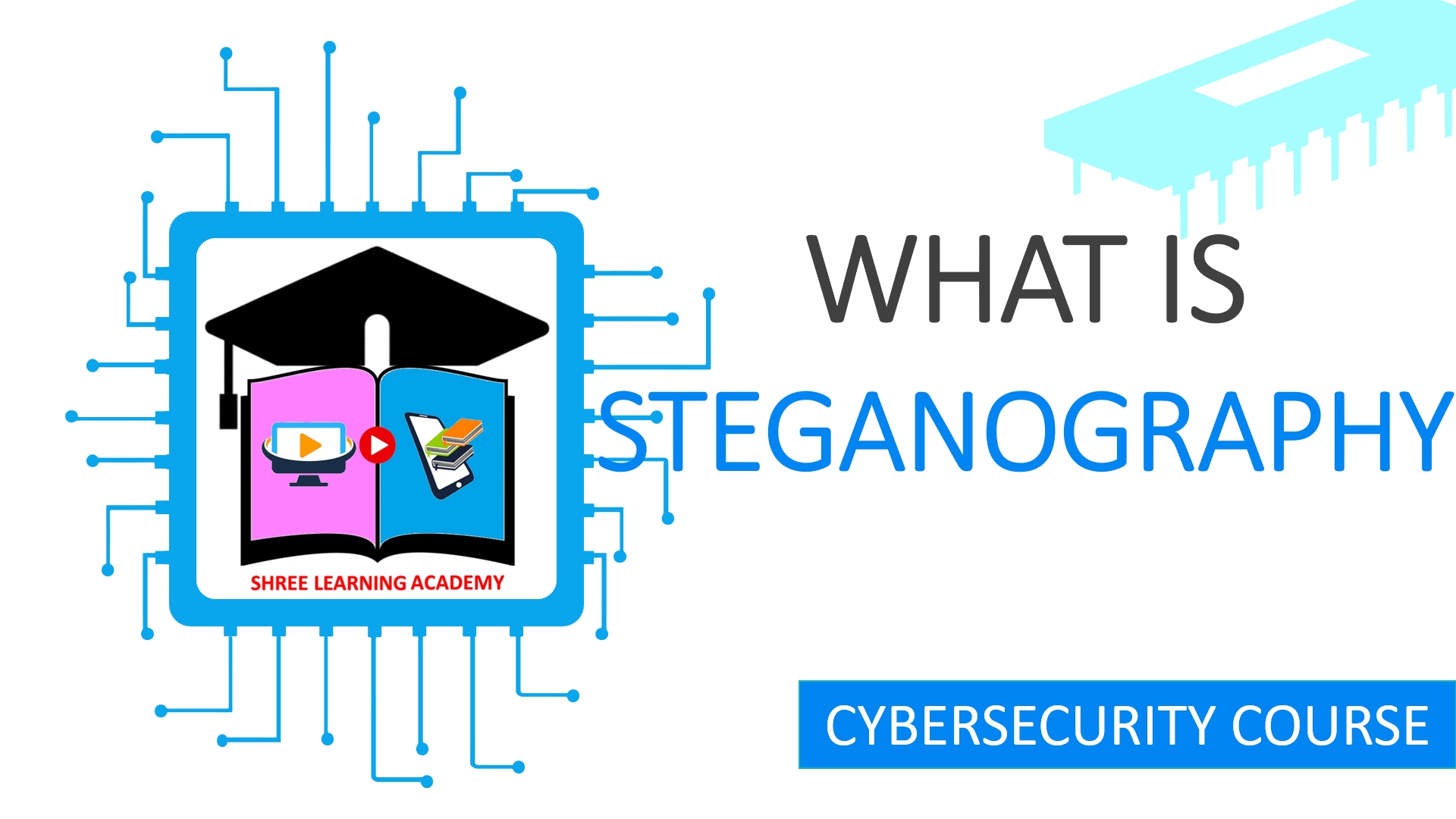SHREE LEARNING ACADEMY
Steganography Tools
Steganography in Cybersecurity
In the realm of cybersecurity, there are many ways to protect and hide information. One such method that has been around for centuries, yet still holds relevance in the digital age, is steganography. To understand steganography, we can break down the word into its Greek roots: "steganos," meaning covered or concealed, and "graphein," meaning writing. Simply put, steganography is the art and science of hiding messages or information within other non-secret text or data.
In the context of cybersecurity, steganography refers to techniques used to conceal information within digital media, making it an essential part of data protection and secret communication. Unlike cryptography, which focuses on making the contents of a message unreadable, steganography aims to conceal the very existence of the message. If executed correctly, an observer should not even suspect the presence of hidden information.
Steganography can be accomplished in various ways, depending on the type of digital media being used. For example, in images, information can be hidden in the least significant bits of the color values of pixels. In audio files, it can be hidden in the least significant bits of the audio data. The same technique can be applied to video files, where information can be hidden in individual frames.
Given the complexity of these processes, steganography tools have been developed to automate the concealment of data. These tools take the information that you want to hide, and embed it within a chosen type of media. The data is embedded in such a way that the changes to the media file are imperceptible to the human senses. For instance, a steganography tool might hide data within an image by subtly altering the colors of certain pixels. The changes would be so slight that a person looking at the image wouldn't notice any difference, yet the hidden information could be retrieved using the appropriate tool.
Let's consider an example. Suppose Alice wants to send a confidential message to Bob without anyone knowing. She can write the message, use a steganography tool to hide it within an image of a sunset, and then send the image to Bob. To anyone else, it's just a picture of a beautiful sunset. But Bob, using the same steganography tool, can extract the hidden message from the image. In this way, they can communicate secretly without arousing suspicion.
However, steganography is not only used for lawful purposes. Unfortunately, like many technologies, it can also be exploited for malicious intentions. Cybercriminals can use these methods to hide malware or exfiltrate information from systems without detection. By embedding malicious code within innocent-looking files, they can bypass security measures and deliver the hidden payload to the victim's system. Once there, the embedded code can be executed to unleash the malware, making steganography a significant concern in cybersecurity.
Despite its potential misuse, the development and usage of steganography tools are essential in today's digital age. These tools allow us to hide sensitive information effectively and securely communicate without raising any red flags. The key is to understand how these tools work and how to detect their usage to protect ourselves from any potential harm.
In essence, steganography is like the invisible ink of the digital world. Just as invisible ink can hide a secret message on a seemingly blank piece of paper, steganography can hide data within other data, making it virtually undetectable to anyone who isn't in on the secret. With the right tools and knowledge, steganography can be a powerful tool in maintaining privacy and security in our increasingly interconnected world.
In Conclusion
In conclusion, steganography tools form a critical aspect of the cybersecurity landscape. They embody an intricate and fascinating blend of art and science, enabling secret communication and data protection. However, the potential misuse of these tools necessitates a robust cybersecurity posture to detect and counteract any malicious use. As we continue to evolve in our digital age, the understanding and application of steganography will continue to be a vital part of our cybersecurity toolkit.
Test Yourself
Take Free Quiz
Watch our Video Tutorial

